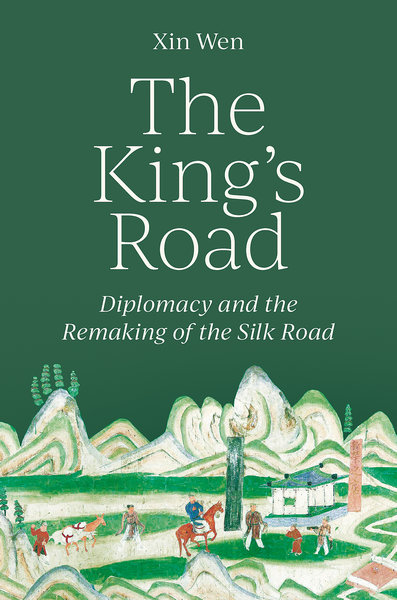

These facts have led Wen, toward the end of his book, to view the history of "Hexi" as an integral part of larger Chinese history, providing a crucial point of reference not intermittently, but continuously.
"With an open communication channel for both materials and information maintained by post-Tang Silk Road travelers — diplomatic and otherwise — between Khotan and Kaifeng, the Hexi area continued to hold up a mirror to the Chinese heartland during a time of political fragmentation," he says.
For proof, sources deemed hugely important to the study of the Tang, Northern Song dynasties, and the time in between, had been discovered in the Library Cave of Dunhuang.
Reflecting on the different way Zhang Chengfeng, the governor of Dunhuang, and Visa Sambhava had acted following Tang's fall, Wen says they shared at least one thing.
"Instead of trying to break away from the powerful regimes in northern China, both had presented themselves, rhetorically, as their successors," he says, pointing to Zhang Chengfeng's naming of his regime as "the Golden Mountain Kingdom of Western Han", referring to the first half of the Han Dynasty, associated with the opening of the Silk Road leading to Chang'an, the capital city of both the Han and the Tang dynasties.
In one of the Dunhuang caves, Visa Sambhava, a man of seeming modesty and practicality who ruled Khotan for over half a century between 912 and 966, is depicted in a portrait that fulfills all imagination one could have about a Chinese emperor. "King of kings of China" was how his son and successor was referred to in local documents. The title is likely to have started with him.
"What was 'China'? The image and the claim, observable only in the Dunhuang documents and murals, may point us towards an answer," says Wen.
Contact the writer at zhaoxu@chinadaily.com.cn